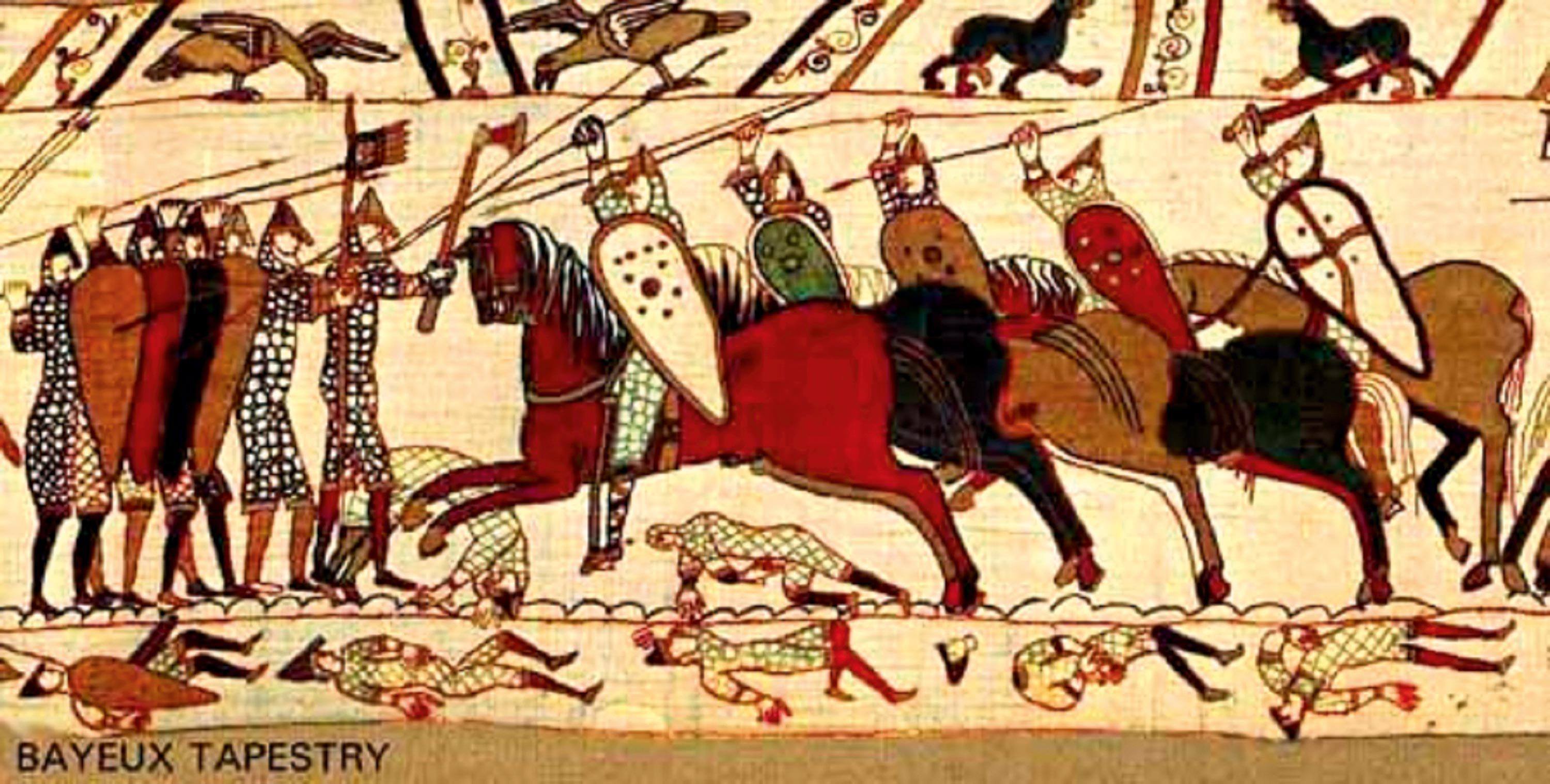Charlemagne was a very successful king and ruler in the 8th century. Known for being humble and kind, he was as revered then as he is now. At the beginning of the 800s, he constructed a palace in Aachen, Germany, which he used as his sort of "home base" between his military campaigns. He had many guests come and visit him there, and forged many frienships there. In the cathedral of his palace, he had a throne erected for himself.

It is unadorned, and very simple. However, the marble slabs used for the seat itself, and the steps, were brought directly from the holy city of Jerusalem. The throne is set up on four pillars, which allowed room for pilgrims to crawl under the Frankish king and Roman emperor on their knees. It sounds strange, but was done as an act of humility. And as Charlemagne was also viewed by some as a saint, this would have been an honor.
The throne was built in the western end of the chapel, so that the king's gaze might fall to the east, where the Last Judgment would come from. It has not changed positions since it was first built, and has been used to crown at least 30 kings from 936 to 1531.
Work Cited:
Bekker, Henk. "See the Throne of Charlemagne (Karlsthron) in Aachen Cathedral." European Traveler, 2014. Web. Retrieved 30 September, 2017. https://www.european-traveler.com/germany/see-throne-shrine-charlemagne-aachen-cathedral/
"Throne of Charlemagne." Wikipedia, 2017. Web. Retrieved 30 September, 2017. https://en.wikipedia.org/wiki/Throne_of_Charlemagne








